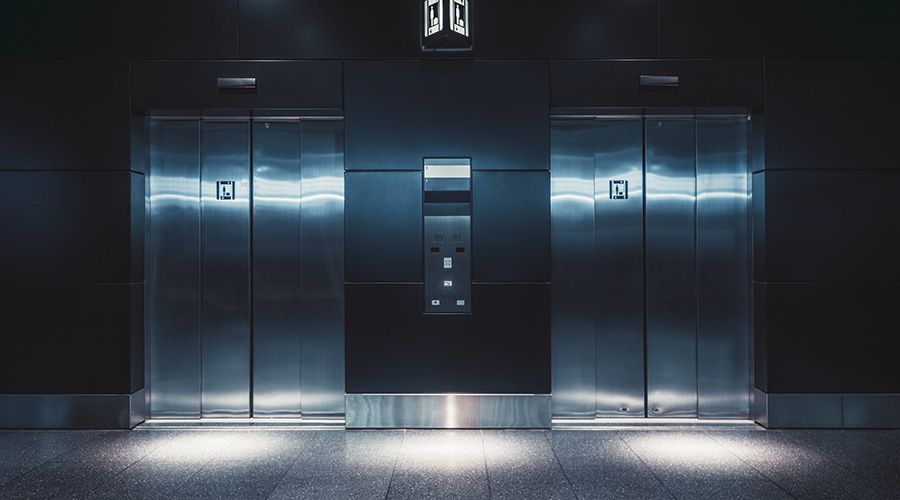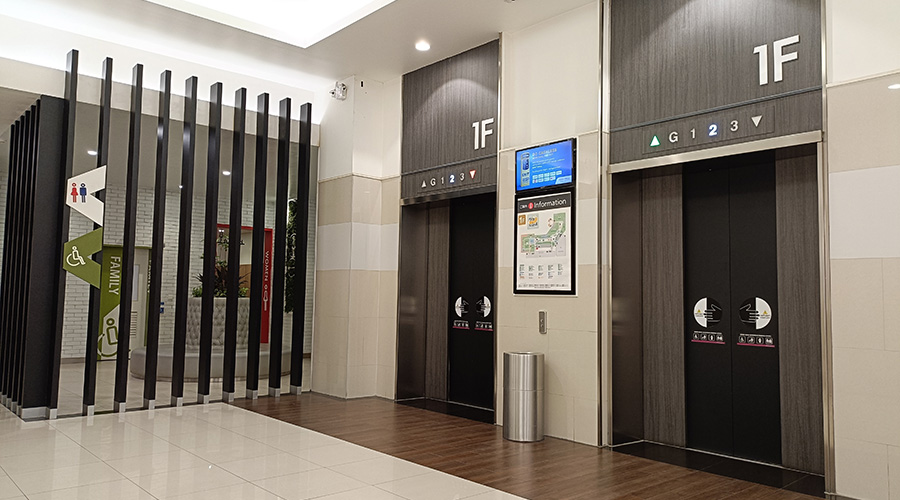Changes to Decrease Energy Use in Elevators Proposed for Standard 90.1
A proposed requirement to Standard 90.1 takes a first step in addressing inefficiency of ventilation fans and cab lighting, both of which often operate 24/7, regardless of load or occupancy, according to ASHRAE.
Proposed addendum df to ANSI/ASHRAE/IESNA Standard 90.1-2007, Energy Standard for Buildings Except Low-Rise Residential Buildings, is one of 12 proposed addenda to the standard currently out for public comment.
Proposed addendum df would require cab lighting systems to have efficacy of not less than 35 lumens per watt; that cab ventilation fans for elevators without air conditioning shall not consume over 0.7 W s/L at maximum speed; and that when stopped and unoccupied with doors closed for over 15 minutes, cab interior lighting and ventilation shall be de-energized until required for operation.
Also open for public review is proposed addendum di, which sets requirements for parking garage ventilation. In 1999, the standard required garage ventilation fan systems with a total design capacity greater than 30,000 cfm to have either an automatic control capable of staging fans or modeling fan volume or an automatic control capable of shutting off fans or reducing fan volume when the garage is not in use.
Below is a listing of proposed elevator addenda to 90.1 currently open for review:
– 90.1 de splits the “generic lobby” from common elevator lobbies in the lighting power density (LPD) tables with adjusted LPDs to reflect specific space needs for elevator and non-elevator lobby spaces. In addition, this removes the fitness center audience seating from the LPD table.
– 90.1 df takes a first step in addressing ventilation and cab lighting in elevators regardless of occupancy.
The proposed addenda to ASHRAE/IESNA Standard 90.1 are available for comment only during their public review period. To read the addenda or to comment, visit
www.ashrae.org/publicreviews.
If no comments are received on these addenda, they likely will be incorporated into the 2010 version of the standard slated to be published this fall. If comments are received, the substance and volume of those comments will determine whether they are incorporated into the 2010 standard.
Related Topics:











